After arriving back on shore our next stop was to a Japanese Temple. I found this a bit strange as to what a Japanese Temple was doing this far and why it was here in the first place. Gunsan was an important shipping port during the Japanese Colonial Period for the then unified Korea and has several architectural landmarks originating from that time.
We parked by what seemed like a 'Culture Street' which was a small street off the main road paved with colourful floor tile designs. The stores along the street were brightly painted, one housed an art gallery. There were other art murals along the side walls.
The temple called Dongguksa Temple is the only Japanese temple remaining in Korea and opened in 1909 during the Japanese Imperialist Period. It was quite surprising and stunning to see this kind of architecture in Korea.
There is a large main building in dark brown colour with a large sloped tiled roof. The outside doors had sculpted hedges and statues.
The side garden housed a bell with smaller stone carvings under the canopy. This was part of a larger manicured garden.
There was an entrance to the building and I'm not sure if it was a museum or if there was an entrance fee. As I approached I was ushered in.
A corridor branches off to either side. There are Japanese style sliding doors in the long thin corridor in similar Japanese style.
Heading to the left brought me into a large chamber. This was a large prayer hall with hanging ceiling lanterns.
The front shrine had large gold buddhas similar to Korean temples. To the rear were more works of art.
These were painted on a black background and used lots of gold. I wasnt sure if they were carved etchings or painted on. Upon closer look it appears to be fine gold leaf glued on.
The pictures depicted various Gods and court style scenes.
I then noticed the smaller images behind one of the main ones These showed various forms of punishment and torture of souls in the afterlife.
This was interesting as I'd seen similar paintings at a temple near where I lived at Songnimsa
(see earlier entry http://blog.travelpod.com/travel-blog-entries/londone7/1/1342987463/tpod.html)
The other rooms appeared to be for staff and nothing for the public to see. This truly a remarkable find and something I had no idea about existing despite travelling and exploring so much in the country.
I'm glad I was fortunate to have been shown this. There is more Japanese heritage to be seen in Gunsan in the next few entries.
We then went to a crab restaurant for lunch for the local specialties. Again it was too much food and by this time it was getting to be too much continuous Korean food for my stomach to handle.
See also Guryeongpo Japanese Historical Street near Pohang
http://www.travelpod.com/z/londone7/1/1369683871

 Gunsan, South Korea
Gunsan, South Korea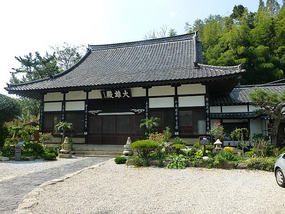
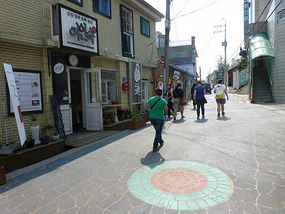
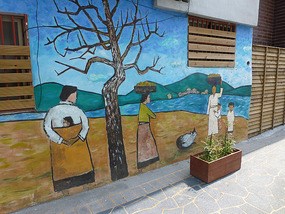
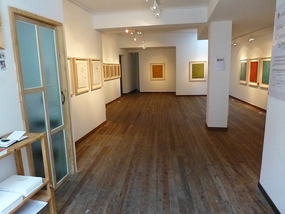
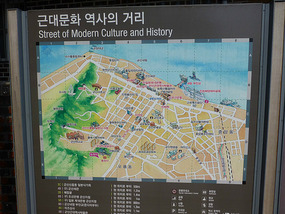
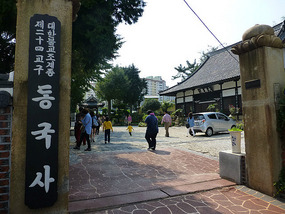
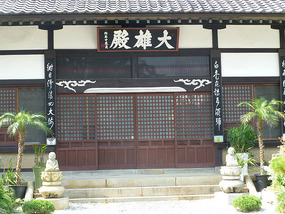
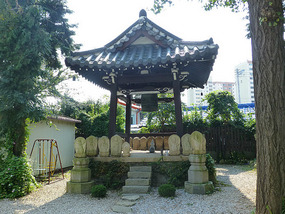
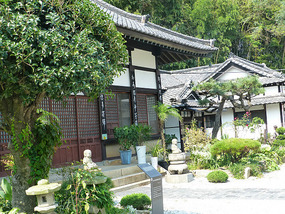
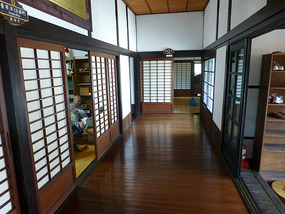
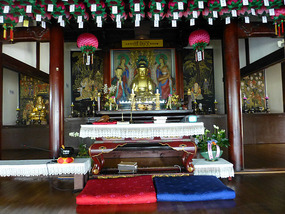
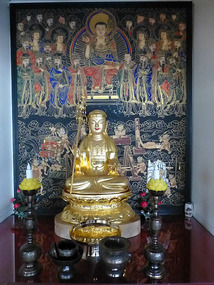
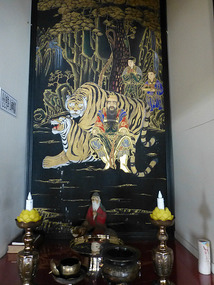
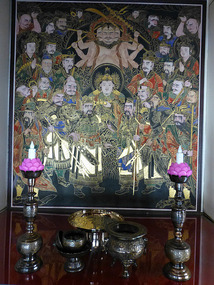
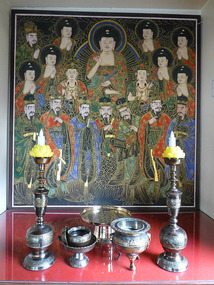
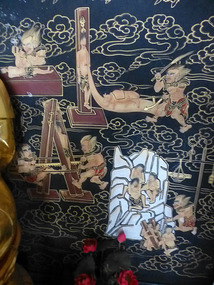
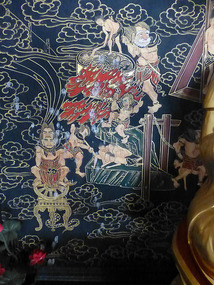
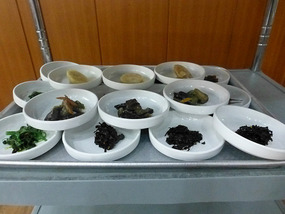
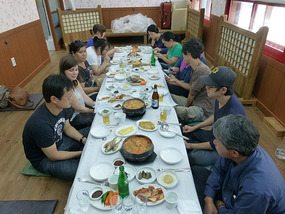
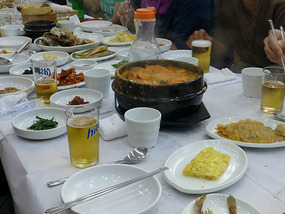
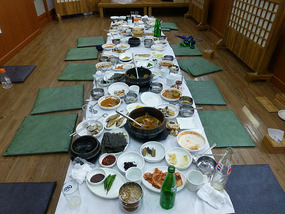
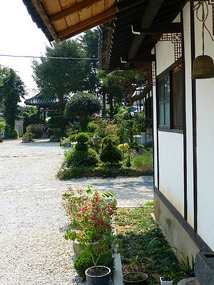



2025-05-22